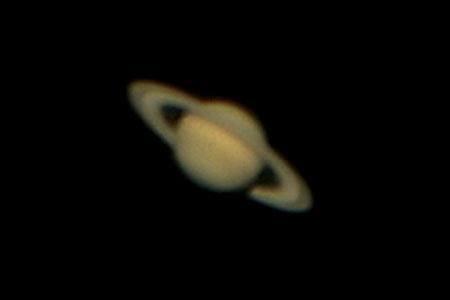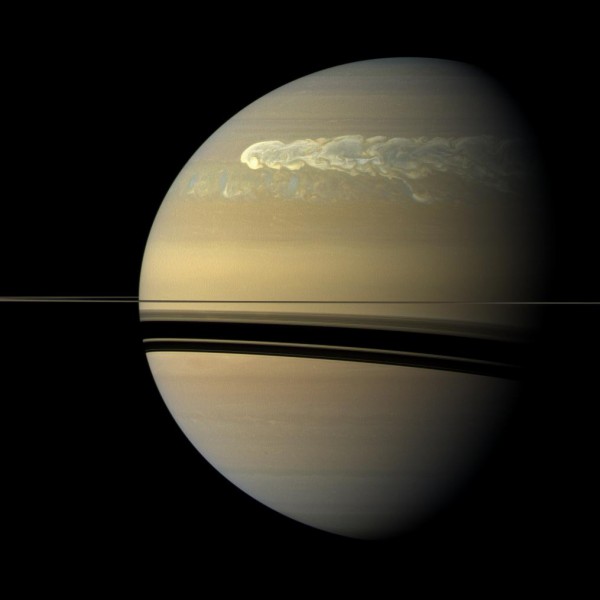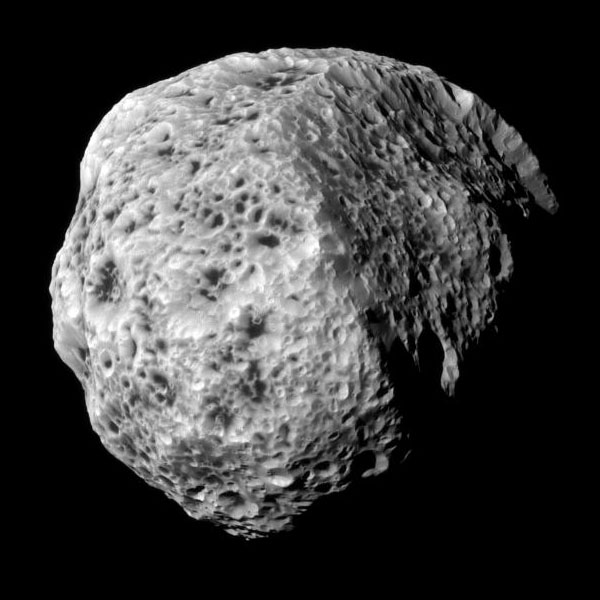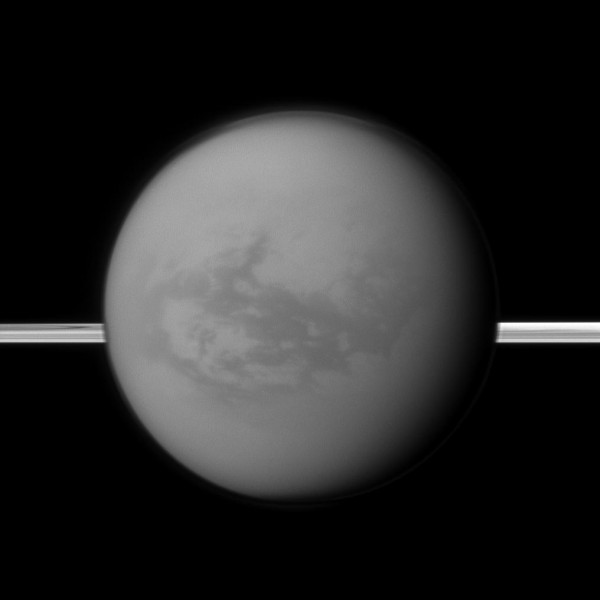This morning, at 07:44HST, the planet Saturn will pass through opposition. Earth will pass between the outer planet and the Sun. During this time Saturn rises at sunset, transits at midnight and sets at dawn. The planet is perfectly placed for observation, high in the sky, for much of the night. You can find Saturn in Virgo, five degrees from the bright star Spica.
For a few days before and after opposition the planet and it’s rings will be a bit brighter, an effect called, appropriately enough, the opposition effect. This is because we are directly in line with the Sun and planet, minimizing any shadows on the planet and in the rings.




